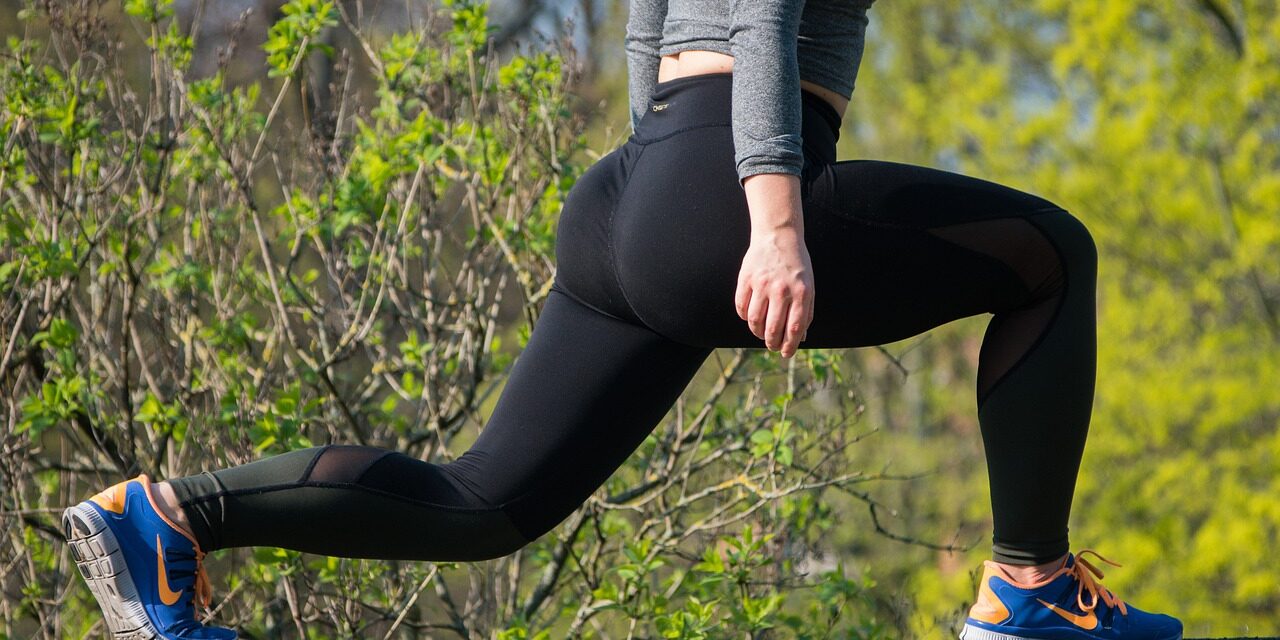As dawn breaks, the world slowly stirs to life, and so does your body. For those over 50, beginning the day with a series of stretches can be transformative, offering a pathway to enhanced flexibility, reduced pain, and improved overall well-being. The importance of morning stretches for over 50 cannot be overstated, as they present an opportunity to awaken the body gently, tune into your physical needs, and set a positive tone for the day ahead.
Why focus specifically on morning stretches for those in their golden years? As we age, our muscles and joints become stiffer, our range of motion may decrease, and we might find ourselves battling aches and pains that weren’t there in our younger years. Starting the day with a stretching routine can combat these age-related changes, aiding in maintaining flexibility, reducing the risk of injury, and even enhancing mental clarity.
This article is more than just a guide to stretching; it’s an invitation to embrace a morning ritual that supports your body’s health as it matures. It’s about understanding the physiological benefits of stretching after 50, learning specific stretches that are both safe and effective, and integrating this practice into your daily routine. We’ll explore various types of stretches, from dynamic to static, and discuss how they can be tailored to address common age-related issues like joint stiffness and muscle tightness.
Whether you’re already an active individual or someone looking to start incorporating more movement into your life, this guide will provide you with the knowledge and tools to make morning stretching an integral and enjoyable part of your day. So, let’s embark on this journey together, unlocking the secrets to starting your mornings with energy, flexibility, and a sense of renewed vitality.
Discovering the Best Morning Stretches for Ages 50 and Beyond
Embarking on a morning stretching routine after 50 can be a game-changer for your physical and mental health. Let’s delve into specific stretches and understand their benefits, guided by expert insights and research.
Dynamic Stretching to Start Your Day
Dynamic stretches are ideal for warming up your muscles and joints in the morning. These stretches involve movement and are particularly beneficial for increasing blood flow, enhancing flexibility, and preparing your body for the day’s activities. Examples include leg swings, arm circles, and gentle torso twists. These movements help loosen up the body and reduce stiffness, which is especially important for those over 50.
Targeted Static Stretches for Flexibility
After dynamic stretching, incorporating static stretches can further improve flexibility and relieve tension. These stretches involve holding a position for a period, typically 20-30 seconds. Key areas to focus on include the neck, shoulders, back, hips, and legs. Stretches like the hamstring stretch, triceps stretch, and chest opener are highly effective for addressing common tight spots in older adults.
Yoga: A Holistic Approach
Yoga combines both dynamic and static stretching and is highly recommended for those over 50. Practices like gentle yoga or chair yoga are great options. Yoga not only enhances flexibility but also improves balance, strength, and mental well-being. According to a study in the International Journal of Yoga, practicing yoga regularly can lead to significant improvements in flexibility, balance, and overall quality of life in older adults.
Expert Tips for Safe and Effective Stretching
When it comes to stretching, especially for those over 50, safety is paramount. Experts advise starting slowly and listening to your body. Avoid pushing into pain, and focus on gentle, controlled movements. It’s also beneficial to combine stretching with breathing exercises, enhancing both relaxation and the effectiveness of the stretches. Regularity is key – even a short stretching routine, if done consistently, can yield significant benefits.
Incorporating stretches into your morning routine doesn’t require a significant time commitment. Even a 10-15 minute routine can effectively loosen your muscles and joints and improve your range of motion. The goal is to make stretching a regular, enjoyable part of your morning that you look forward to each day.
In the next section, we will summarize the key takeaways and offer actionable advice to help you integrate morning stretches into your daily routine after 50.
Embracing Morning Stretches: A Daily Ritual for Vitality After 50
Incorporating morning stretches into your daily routine after 50 is more than a fitness activity; it’s an investment in your long-term health and mobility. Let’s summarize the key takeaways and outline actionable steps to make morning stretching a consistent and beneficial part of your life.
Key Takeaways for Effective Morning Stretching
- Dynamic Stretches for Warm-Up: Begin with dynamic stretches to gently warm up your muscles. This includes movements like leg swings and arm circles, which increase blood flow and prepare your body for the day.
- Focus on Key Areas: Pay special attention to stretching the neck, shoulders, back, hips, and legs. These areas are prone to stiffness and discomfort, especially as we age.
- Static Stretches for Flexibility: Follow up with static stretches, holding each stretch for 20-30 seconds. This helps improve flexibility and reduces the risk of injury.
- Yoga for Overall Wellness: Incorporate yoga into your routine for a holistic approach to stretching, balance, and strength. Gentle or chair yoga can be particularly beneficial.
- Safety and Regularity: Stretch within your comfort zone and avoid pushing into pain. Consistency is crucial for reaping the long-term benefits of stretching.
Actionable Steps to Get Started
- Create a Routine: Set a specific time each morning for your stretching routine. Consistency helps establish it as a daily habit.
- Design Your Stretching Sequence: Develop a sequence of dynamic and static stretches that target your major muscle groups. You can find routines online or consult with a fitness expert.
- Combine Stretching with Breathing: Practice deep, controlled breathing during your stretches to enhance relaxation and effectiveness.
- Track Your Progress: Keep a journal to note any improvements in flexibility, reduction in pain, or general well-being. This can be motivating and insightful.
- Make It Enjoyable: Stretch in a pleasant environment, perhaps with music or in a peaceful area of your home, to make the experience enjoyable.
- Seek Guidance When Needed: If you’re unsure about certain stretches or have specific health concerns, consult with a healthcare provider or a fitness professional.
Morning stretches for those over 50 are a powerful way to start each day with a focus on health and self-care. By gently waking up your body, improving flexibility, and reducing stiffness, you set the tone for a day filled with energy and mobility. Embrace these moments of morning stretching as a celebration of what your body can do, and enjoy the numerous benefits that this simple yet effective practice brings to your life.






